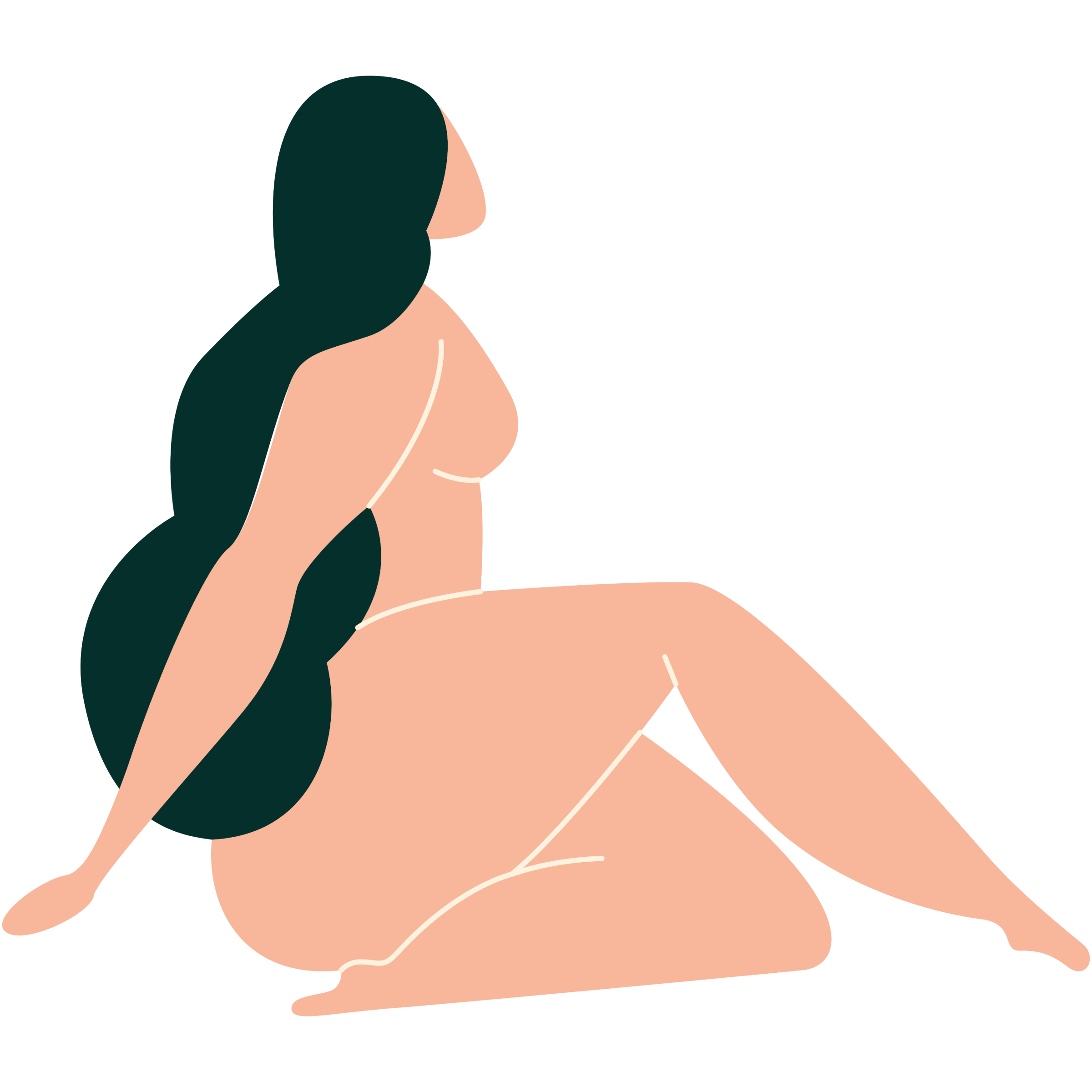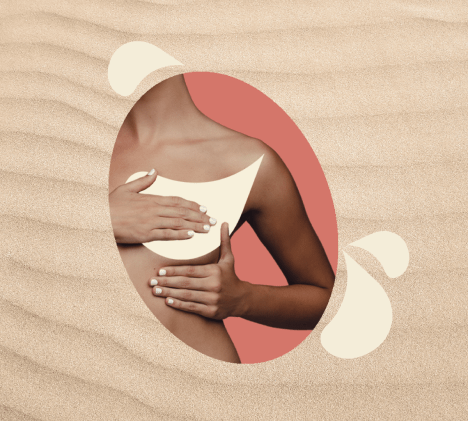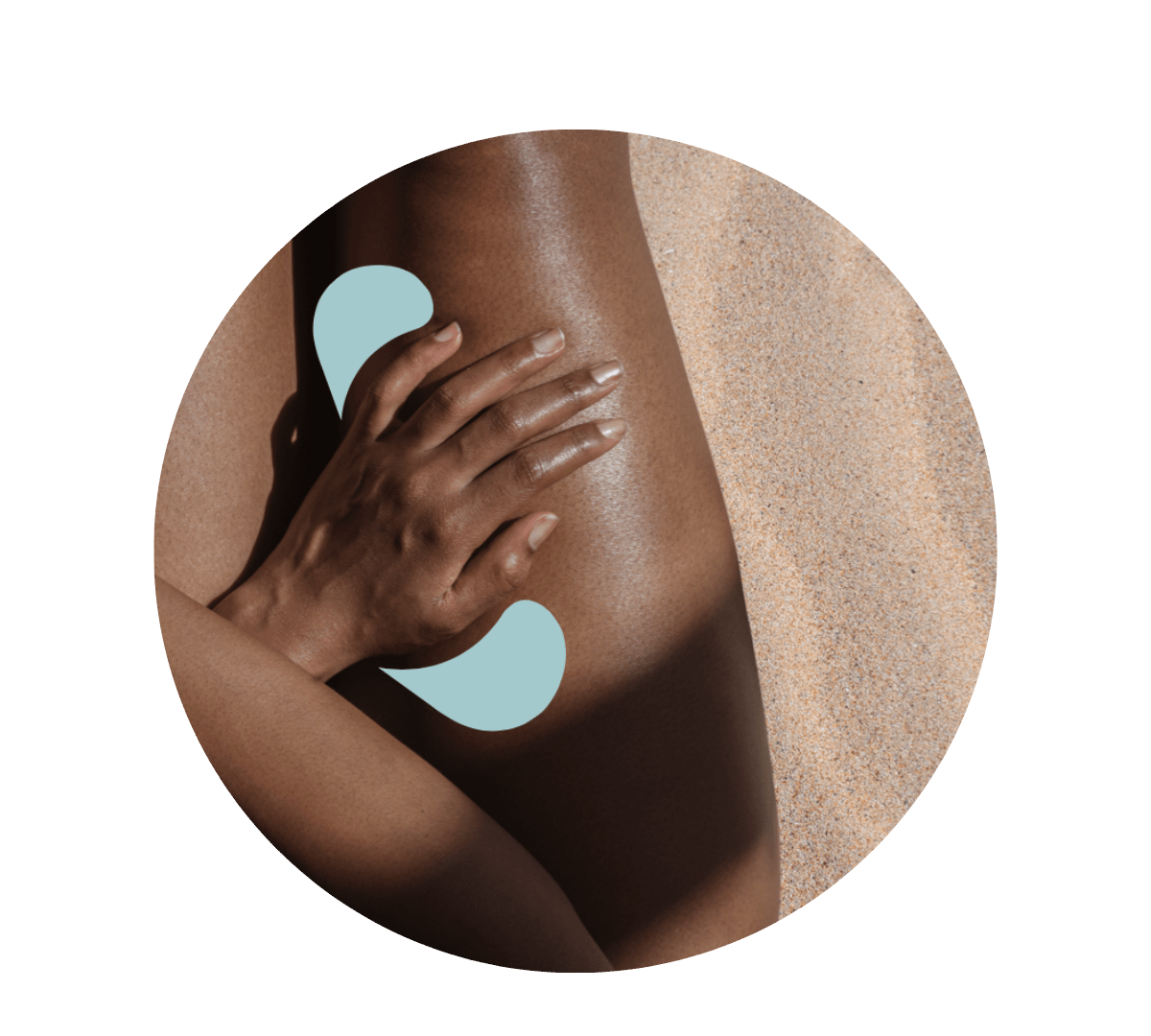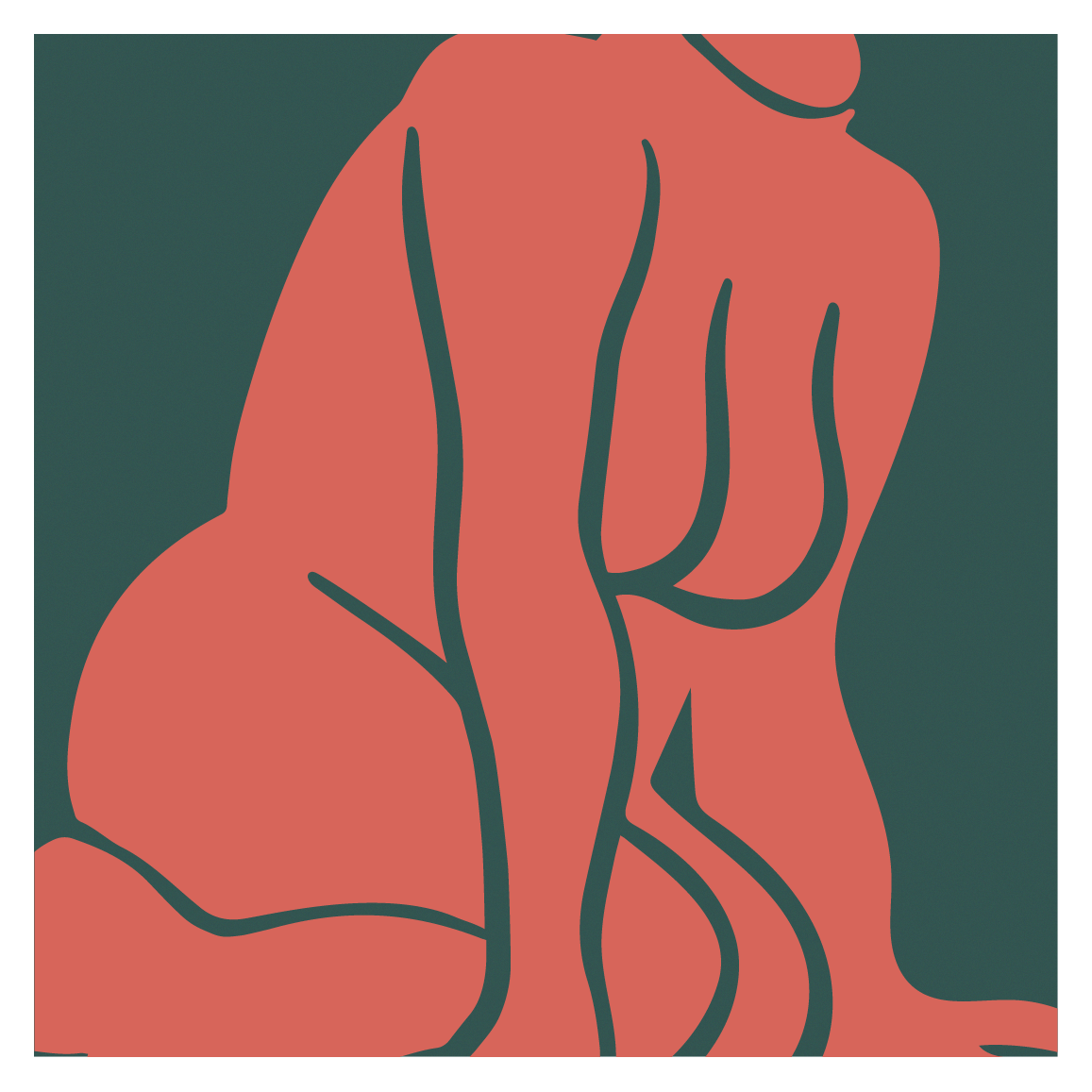
Body
Get to know your body through a better understanding of your anatomy and find the answers to some of your most common questions.
Back
All topics

4 resources

20 resources

6 resources

4 resources

6 resources
Back
All topics

9 resources

12 resources

4 resources

11 resources

2 resources
Back
Back
All topics

17 resources

11 resources

17 resources

2 resources

Mauj Products
We’ve designed our products to help you explore your body, solo or otherwise. Whether you’re a curious novice or a seasoned explorer, this is for you.
Back
All topics

4 resources

20 resources

6 resources

4 resources

6 resources
Back
All topics

9 resources

12 resources

4 resources

11 resources

2 resources
Back
Back
All topics

17 resources

11 resources

17 resources

2 resources

Mauj Products
We’ve designed our products to help you explore your body, solo or otherwise. Whether you’re a curious novice or a seasoned explorer, this is for you.

We believe that knowledge turns the tide, especially when it comes to our bodies and our health.
While many of us have dealt with yeast infections at some point in our lives, most of us don't know much about them. We’re here to help you recognize the signs, know when to get help, and learn how to prevent them in the future.
A yeast infection is a common condition caused by the overgrowth of a fungus called Candida. Actually, Candida naturally lives on the skin and inside the body, like in the mouth, throat, gut, and vagina, but problems start when it grows out of control.
The most common type of yeast infection is vaginal yeast infection, which can be triggered by various factors.
Diagnosing a yeast infection typically involves a pelvic exam and a review of your medical history. Your doctor may also take a sample of vaginal secretions for analysis to rule out other causes of your symptoms.
Yeast infections are usually treated with anti-fungal medications, which come in creams, ointments, tablets, and suppositories. Over-the-counter (OTC) treatments are available, but for recurrent infections or symptoms that don't improve with OTC medications, you should visit a doctor, who may prescribe oral anti-fungal medications.
Experiencing a yeast infection is nothing to be ashamed of—it's a common condition that many of us face. Our bodies are so complex, and sometimes things just get a bit out of balance. What’s important is learning about them, knowing how to deal with them, and then maybe sharing that knowledge with a sister, a friend, or a daughter!
Did you find the answer you were looking for? Is there something we missed? What did you think of this resource? We want to hear from you.





